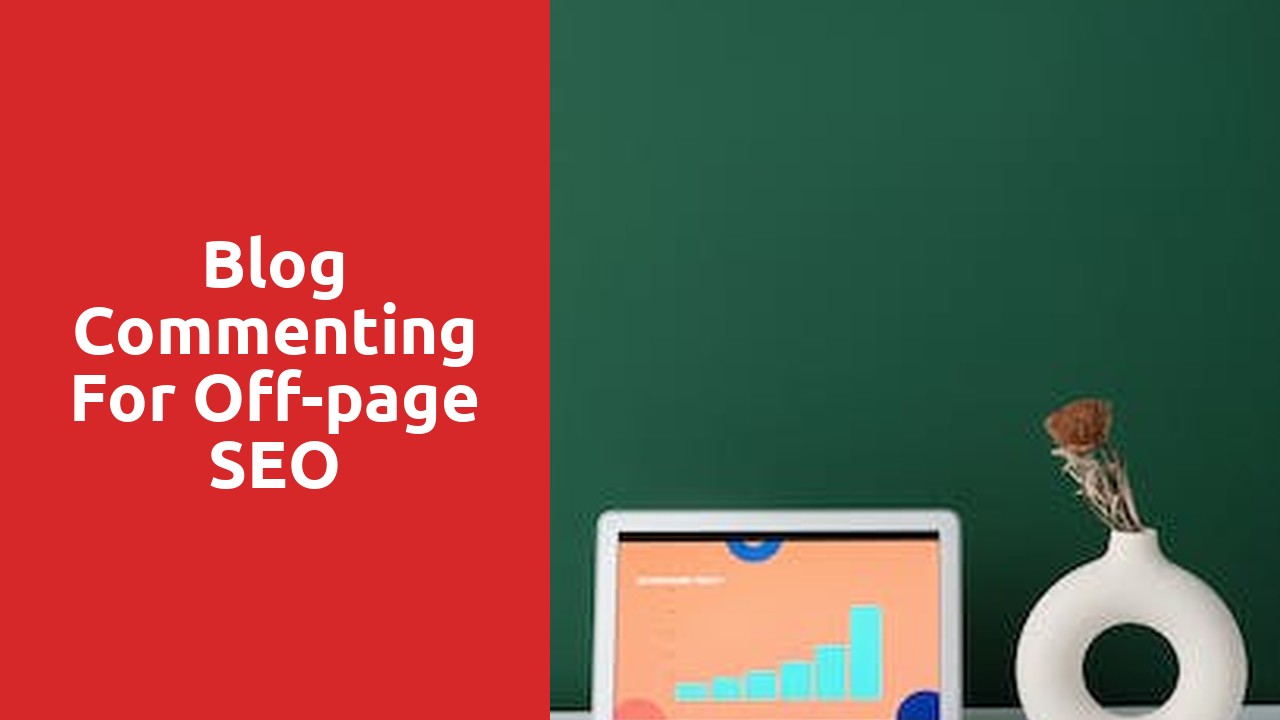Understanding the Role of Keywords in Content Optimization
In the world of content optimization, keywords play a crucial role in improving the visibility and reach of online content. Keywords are specific words or phrases that reflect what a user is searching for on search engines. When incorporated strategically into content, keywords enable search engines to better understand the relevance and context of the information being presented. This, in turn, increases the chances of the content being displayed to users who are actively seeking that particular information.
To harness the power of keywords effectively, it is important to conduct thorough keyword research. This involves identifying the most relevant and high-performing keywords that align with the content’s purpose and target audience. By utilizing tools like Google Keyword Planner or SEMrush, content creators can gain valuable insights into search volume, competition level, and related keyword variations. These insights empower them to make informed decisions about the keywords they should incorporate into their content, ultimately enhancing its visibility and search engine rankings.
Crafting Engaging and Relevant Headlines for SEO Success
The success of your website’s SEO relies heavily on crafting engaging and relevant headlines. When potential readers and search engine algorithms come across your headlines, they should be enticed to click and explore further. To achieve this, it’s essential to understand your target audience and their preferences. Conduct research to identify the keywords and phrases that are commonly used in your niche. This will allow you to create headlines that resonate with your audience and are optimized for search engines. Additionally, consider incorporating numbers, asking questions, or using power words to make your headlines more attention-grabbing. By investing time and effort into crafting engaging and relevant headlines, you can significantly improve the visibility and success of your website’s SEO.
Incorporating Strategic Keyword Placement for Enhanced Visibility
Strategic keyword placement is a crucial element in the quest for enhanced visibility in the online landscape. In the world of search engine optimization (SEO), keywords serve as the bridge between what users are searching for and the content that websites provide. By strategically incorporating keywords throughout your website’s content, you can significantly improve your chances of ranking higher on search engine results pages and attracting more organic traffic.
To effectively incorporate strategic keyword placement, it is essential to conduct thorough research to identify relevant keywords that are highly searched by your target audience. This research can be carried out using various tools such as Google Keyword Planner, SEMrush, or Moz Keyword Explorer. By understanding what keywords are popular and relevant to your niche, you can optimize your website’s content accordingly, ensuring that it aligns with what users are searching for. However, it’s important to strike a balance between incorporating keywords naturally and avoiding excessive keyword stuffing, which can harm your website’s credibility and user experience.
Utilizing Proper Meta Tags for Effective Content Optimization
One key aspect of effective content optimization is the proper utilization of meta tags. Meta tags provide search engines with information about a webpage, allowing them to understand the content and context of the page. By strategically incorporating relevant keywords into meta tags such as the title tag, description tag, and keyword tag, website owners can improve their chances of appearing higher in search engine results.
The title tag is particularly important for content optimization. It serves as the title of a webpage and is displayed as the clickable headline in search engine results. It should accurately and succinctly describe the content of the page, while incorporating relevant keywords. A well-crafted title tag not only enhances search engine visibility but also entices users to click on the link, increasing organic traffic. Additionally, including a brief and engaging description of the page’s content within the description tag can further improve search engine rankings and drive click-through rates.
Optimizing Image Alt Text for Improved Search Engine Rankings
When it comes to search engine optimization (SEO), it’s often easy to overlook the importance of image alt text. However, optimizing your image alt text can significantly improve your search engine rankings and bring more traffic to your website. Alt text, short for alternative text, is used to describe the contents of an image to assistive technologies and search engines. By including relevant keywords in your image alt text, you can help search engines understand the relevance of your images and boost your chances of appearing in relevant search results.
To optimize your image alt text for improved search engine rankings, consider the context and purpose of the image. Ask yourself what information or message you want to convey with the image and choose alt text that accurately represents that. Avoid stuffing keywords or using generic alt text like “image” or “photo.” Instead, be specific and descriptive, using relevant keywords that are related to the image and your website’s content. By doing so, you’re not only helping search engines better understand your content, but also enhancing the user experience for those using assistive technologies like screen readers.
Enhancing Content Readability and User Experience for SEO Benefits
The quality of your website’s content plays a crucial role in attracting and retaining visitors. Not only does it need to be informative and engaging, but it also needs to be easily readable. When users can understand and digest your content easily, it enhances their overall experience on your website.
One way to enhance content readability is by using clear and concise language. Avoid complex jargon and technical terms that may confuse your readers. Instead, opt for simple and straightforward language that is easy to comprehend for a wider audience. Additionally, organize your content in a logical manner with headers, subheadings, and bullet points to break up the text and make it more scannable. This way, users can quickly identify key points and navigate through the content effortlessly.














